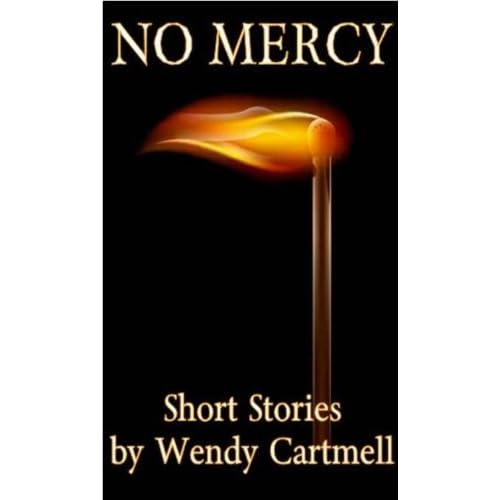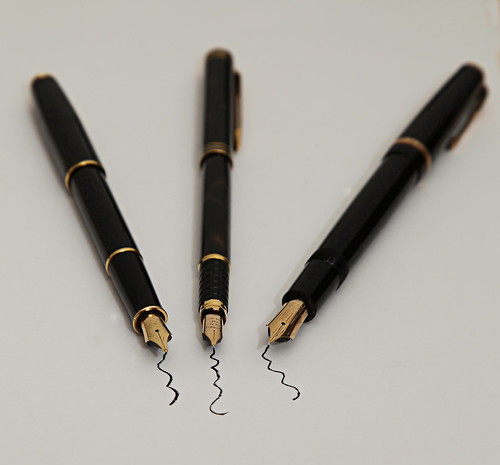The beautifully bound books you buy from well-respected publishers usually have all the same characteristics...and that commonly includes helpful page numbers and pretty page headers that announce the title of the book and/or the author of the work. So why can't you include these same professional touches in your ebook?
Because of the formatting, that's why. If you want to use all that fancy stuff in your self-published books, do yourself a favor and give up the ghost right now. No matter what you do, they're never going to appear on the epage correctly. Yes, never.
Never, Ever Ever?
Never. There's no standard page size for eReaders, and there's no standard size for ebooks. What's that mean? Basically, that means your ebook is going to look different on different devices. Pull it up on a Kindle, and it will look one way. Open that exact same book up on your iPad, however, and there will be more text on each page. So if you try to carefully place page numbers at the bottom of each page, and add a header with your name and the book's title along the top, it's never going to appear correctly on all those different devices.
You can't even format your headers, footers and page numbers for a specific eReader and then only sell it on that eReader. You can sell your ebook exclusively on Amazon if you like, and make it available only to Kindle users -- but even so, there are different Kindles out there and more still to come. And your pages are going to look different on those devices. Even if they don't, your readers always have the option of changing the font size of your text. Someone who has trouble reading fine print might jack the size up, and that means less text will be appearing on each page...and that means your page numbers and headers are going to be off.
No matter what you do.
So save yourself the trouble, and only incorporate page numbers, headers and/or footers on books that are going to be physically printed on paper. Even when you're doing this, through CreateSpace or a similar self-publishing program, it's extremely tricky to get your embellishments placed correctly. Formatting your ebook is hard enough as it is. Do yourself a favor, and don't try to go above and beyond -- just focus on making the story perfect, and that will be enough to keep your readers happy.
Because of the formatting, that's why. If you want to use all that fancy stuff in your self-published books, do yourself a favor and give up the ghost right now. No matter what you do, they're never going to appear on the epage correctly. Yes, never.
Never, Ever Ever?
Never. There's no standard page size for eReaders, and there's no standard size for ebooks. What's that mean? Basically, that means your ebook is going to look different on different devices. Pull it up on a Kindle, and it will look one way. Open that exact same book up on your iPad, however, and there will be more text on each page. So if you try to carefully place page numbers at the bottom of each page, and add a header with your name and the book's title along the top, it's never going to appear correctly on all those different devices.
You can't even format your headers, footers and page numbers for a specific eReader and then only sell it on that eReader. You can sell your ebook exclusively on Amazon if you like, and make it available only to Kindle users -- but even so, there are different Kindles out there and more still to come. And your pages are going to look different on those devices. Even if they don't, your readers always have the option of changing the font size of your text. Someone who has trouble reading fine print might jack the size up, and that means less text will be appearing on each page...and that means your page numbers and headers are going to be off.
No matter what you do.
So save yourself the trouble, and only incorporate page numbers, headers and/or footers on books that are going to be physically printed on paper. Even when you're doing this, through CreateSpace or a similar self-publishing program, it's extremely tricky to get your embellishments placed correctly. Formatting your ebook is hard enough as it is. Do yourself a favor, and don't try to go above and beyond -- just focus on making the story perfect, and that will be enough to keep your readers happy.
























